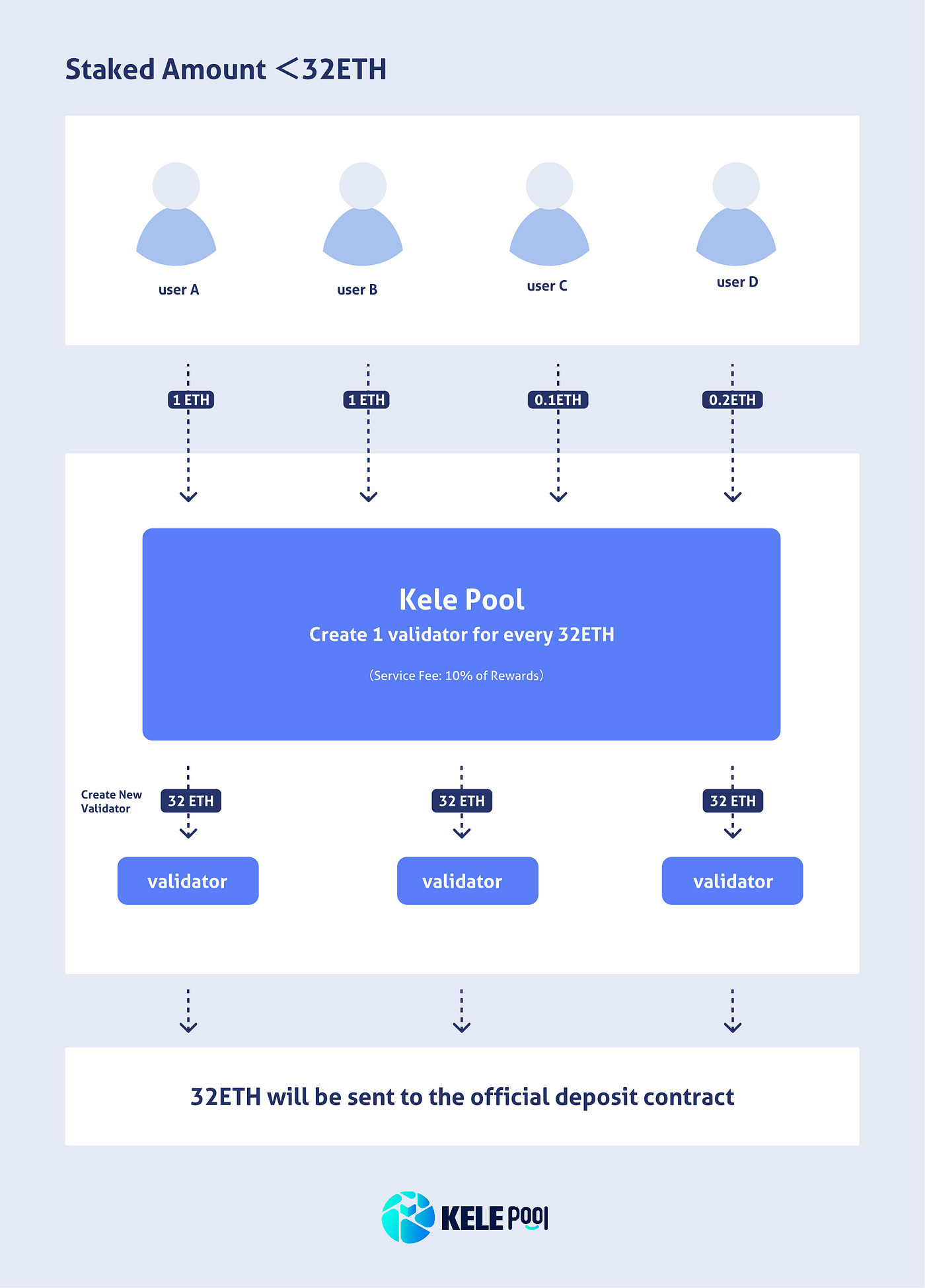Staking Guide: How to Stake Cryptocurrency
If you're going to invest in cryptocurrency, you must have heard of staking. Staking is one of the most popular ways to earn cryptocurrency. On the Proof-of-Stake (PoS) network, you can easily stake your coins to get a certain percentage of passive income. Compared with mining, it does not require you to buy a miner, or require huge electricity consumption. It's much more accessible for most people.
If you're new to staking, the cryptocurrency knowledge involved may seem a little confusing, but in fact, participating in staking is very simple. The process is similar to going through bank deposit procedures: submit necessary credentials step by step, stake your coins to the validator node, and wait for them to generate income.
Preparations for staking
Before staking, we need to choose a currency to be staked and ensure that we hold a sufficient number of coins. At present, not all currencies support the PoS consensus mechanism, and staking is a relatively long-term process, so for beginners, there are two major considerations in the selection of currencies:
① Select a currency that supports the PoS consensus mechanism, so that it can earn income through staking.
② You'd better invest in a stable currency that has operated well for enough time, such as ETH, Mina, etc.
After determining the currency, you can buy or exchange the tokens, and then go for the staking!
Different ways to participate in staking
Generally speaking, there are two practical ways to participate in staking: run the validator by yourself, or stake through a pool. Here we use Ethereum (ETH), the most popular staking currency at present, as an example to explain them.
- Run the validator by yourself
We only recommend people who are very familiar with blockchain and staking to use this method. If you do not meet this situation, you can directly read another solution. To operate your own validator, you need to meet the following requirements:
① Hold at least 32ETH
② A computer that runs without interruption
Operating a node by yourself enable you to get all the rewards of staking without paying third-party fees, but it also means higher investment and higher risks. According to the newest price, 32ETH is not affordable for everyone. And if there is an unexpected situation when operating a node, such as a power failure, you will face the risk of losing your income or even your staked funds.
If you're ok with the cost and can professionally operate the hardware, please click the link below to learn more about this staking method.
https://launchpad.ethereum.org/en/
- Participate in staking through pools
If you don't want to manage the equipment and take the risk of running the node, the staking pool is a wise choice. Since there are different staked amounts and management modes, staking pools have also launched different solutions. For example, Kele Pool supports two solutions:
① Stake 32ETH at least, you can get a non-custodial validator. Kele Pool mainly provides hardware support, while reducing tedious operations and risks, and the service fee is relatively low.

② Participate with a smaller amount, the minimum can be 0.01ETH. In addition to hardware support, Kele Pool also helps to gather resources from other participants and manage the validator. The service fee is charged at 10% of the actual rewards.

Security: The staking smart contract of Kele Pool has been audited by the blockchain authority SlowMist. And Kele Pool supports using the Ledger hardware wallet.
Flexible: Unlike most pools that only have one single service, Kele Pool supports two service modes, and you can freely choose the method that suits you. Compared with other pools, the service fee is also reasonable.
For now, Kele Pool supports ETH as a staking currency, and more networks will be launched shortly, which can be viewed on the official website.
Official website: https://www.kelepool.com/
Join our Telegram group: https://t.me/kelepool_en
